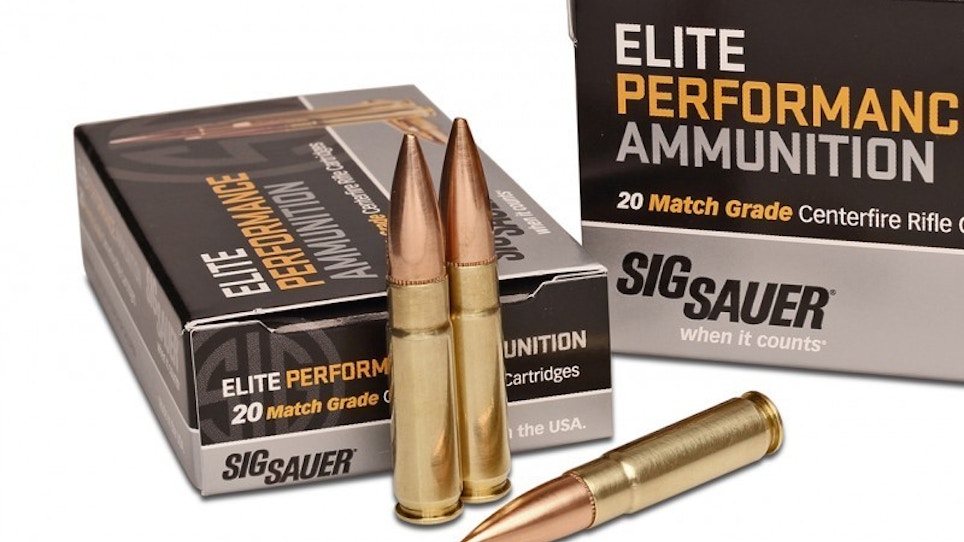Many shooters and weapon aficionados are concerned about the paucity of 38 Special ammunition. Despite its long-standing popularity and broad use, acquiring 38 Special ammo has proven to be difficult. This essay will look into the reasons for the difficulties in obtaining 38 Special ammo.
I. Increased Demand
The spike in demand from shooters is one of the key causes contributing to the 38 Special ammo shortage. This adaptable caliber is popular for a variety of shooting purposes, including self-defense, target shooting, and concealed carry. Increased interest in shooting sports and personal protection has resulted in increased demand for 38 Special ammunition.
II. Market Fluctuations
Uncertainty, political events, or public safety concerns can all contribute to a rush to buy and stockpile ammunition, especially 38 Special rounds. Such increases in demand can soon deplete available resources, resulting in shortages.
III. Production Capacity
Ammunition manufacturers may experience difficulties in increasing manufacturing capacity to fulfill the increasing demand for 38 Special ammunition. Expansion of manufacturing lines or the addition of additional equipment costs time and money, causing delays in servicing the increasing demand.
IV. Component Shortages
Brass casings, primers, gunpowder, and bullets are among the components used in the manufacture of 38 Special ammunition. Supply chain disruptions or shortages of key components can stymie munitions production.
V. Supply Chain Disruptions
Disruptions in the supply chain, such as transportation delays or manufacturing interruptions, can hamper the smooth flow of 38 Special ammunition from manufacturers to retailers, resulting in limited availability.
VI. Focus on Other Calibers
Because of the rising demand for multiple calibers, ammunition makers may prioritize the development of more popular or in-demand rounds, diverting resources away from 38 Special ammunition.
VII. Export and Import Regulations
Restrictions on the export and import of ammunition between countries can also affect the global distribution of 38 Special ammo, leading to disparities in availability.
VIII. Scalpers and Resellers
Because of the paucity of 38 Special ammunition, scalpers and resellers have taken advantage of the situation, buying up existing stock and reselling it at inflated costs, further limiting accessibility.
IX. Quality Control and Safety Concerns
Maintaining tight quality control and safety precautions during ammunition manufacture may result in lower production rates in order to assure dependability and safety.
X. Economic Factors
Economic and currency fluctuations can affect the cost of raw materials and manufacturing expenses, thereby resulting to price rises for 38 Special ammunition.
Coping with the 38 Special Ammo Shortage: Tips for Shooters
The scarcity of 38 Special ammo has made it difficult for shooters looking for this popular caliber. While the shortage remains, shooters can use the following tactics to deal with the limited availability and maximize their shooting experience:
1. Ammunition Inventory Management
Shooters can exercise responsible ammunition inventory management by keeping track of the 38 Special rounds they still have and arranging their shooting sessions accordingly. Shooting sessions for practice, training, or matches should be prioritized, and excessive ammunition use should be avoided during casual plinking or leisure shooting.
2. Exploring Alternative Calibers
When 38 Special ammo is scarce, shooters can look into alternative calibers that may be more commonly available. Similar ballistic characteristics calibers, like as 357 Magnum or 9mm, may offer viable alternatives for particular shooting purposes.
3. Reloading Ammunition
Handloading 38 is an option for individuals with reloading knowledge and equipment. During the shortage, special ammunition can give a cost-effective and long-term answer. Reloading allows shooters to reuse spent brass casings and tailor loads to their unique shooting requirements.
4. Support Local Gun Shops
Frequenting local gun shops can be beneficial during an ammo shortage. Smaller retailers may receive smaller shipments more frequently, increasing the chances of finding 38 Special ammo in stock.
5. Online Ammo Notifications
Signing up for email notifications from online retailers or ammunition manufacturers can alert shooters to available 38 Special ammo when it becomes available. Quick response and online purchases can secure scarce ammunition.
6. Joining Shooting Forums and Communities
Engaging with shooting forums and online communities can provide valuable insights into ammunition availability. Members often share updates on where and when 38 Special ammo can be found, helping fellow shooters navigate the shortage.
7. Firearms Exchange and Trading
Networking with other shooters may lead to opportunities for exchanging or trading ammunition. Collaborating with shooting friends can help alleviate the impact of the shortage on individual shooters.
8. Ammunition Price Monitoring
Monitoring ammunition prices during a shortage is essential to avoid overpaying for 38 Special rounds. While prices may be higher than usual during scarcity, staying informed about price trends can help identify reasonable deals.
9. Supporting Local Manufacturers
Seeking out 38 Special ammo produced by local or regional ammunition manufacturers can bolster local businesses and potentially provide access to ammunition that may not be as widely distributed.
10. Patience and Understanding
Above all, maintaining patience and understanding during the 38 Special ammo shortage is essential. These challenging times impact the entire shooting community, and exercising patience while waiting for the situation to improve can help maintain a positive outlook on shooting pursuits.
Advocating for Stable Ammunition Supplies: The Role of the Shooting Community
The shortage of 38 Special ammunition, along with other calibers, has underscored the importance of a united and proactive shooting community. By coming together and advocating for stable ammunition supplies, shooters can play a significant role in addressing the challenges posed by shortages and ensuring a more sustainable shooting environment for all. Here are some ways the shooting community can make a difference:
1. Supporting Local and National Shooting Organizations
Joining and supporting local shooting clubs, associations, and national shooting organizations can amplify the community’s collective voice. These organizations often engage in dialogues with policymakers, manufacturers, and distributors, advocating for the interests of shooters and the importance of stable ammunition supplies.
2. Engaging with Policymakers
Reaching out to local, state, and federal policymakers can help bring attention to the impact of ammunition shortages on the shooting community. Sharing personal experiences and concerns can influence decisions related to ammunition regulations and support initiatives that promote responsible firearm ownership while preserving access to ammunition.
3. Encouraging Responsible Buying Practices
Promoting responsible ammunition buying practices within the shooting community can help mitigate the impact of panic buying and hoarding during times of scarcity. Emphasizing the importance of buying only what is needed for immediate use can foster a more equitable distribution of available ammunition.
4. Supporting Ammunition Manufacturers
Supporting reputable ammunition manufacturers through informed and conscious purchasing decisions can strengthen the industry and contribute to a stable supply chain. Loyalty to trusted brands that prioritize quality and consistency can encourage manufacturers to continue producing reliable ammunition.
5. Embracing Firearm Education
Educating fellow shooters and firearm enthusiasts on proper firearm maintenance, responsible ammunition usage, and safety practices fosters a culture of responsible gun ownership. A well-informed community is better equipped to preserve and protect ammunition resources.
6. Collaborating with Retailers
Open communication with local retailers can lead to improved inventory management and distribution. By understanding customer demands and expectations, retailers can better plan and allocate available ammunition resources.
7. Supporting Conservation Efforts
Participating in conservation efforts and outdoor shooting range clean-up events demonstrates the shooting community’s commitment to environmental responsibility. Responsible casings collection and recycling can help reduce waste and alleviate concerns about environmental impacts.
8. Contributing to Ammunition Research
Encouraging and supporting research on ammunition technologies and manufacturing processes can lead to advancements that improve the efficiency and availability of ammunition.
9. Prioritizing Safety and Responsible Shooting
Maintaining a strong commitment to firearm safety and responsible shooting practices not only ensures the well-being of shooters but also promotes a positive image of the shooting community to the broader public.
Conclusion
Increased demand, market fluctuations, production capacity challenges, component shortages, supply chain disruptions, a focus on other calibers, export/import regulations, scalpers and resellers, quality control, and safety considerations, and economic factors all contribute to the 38 Special ammunition shortage. To address these issues, ammunition manufacturers, distributors, and politicians must work together to assure a steady supply of 38 Special bullets and meet the needs of shooters globally. Responsible firearm practices and wise ammunition consumption remain critical for a safe and happy shooting experience as the shooting community navigates these challenges.



